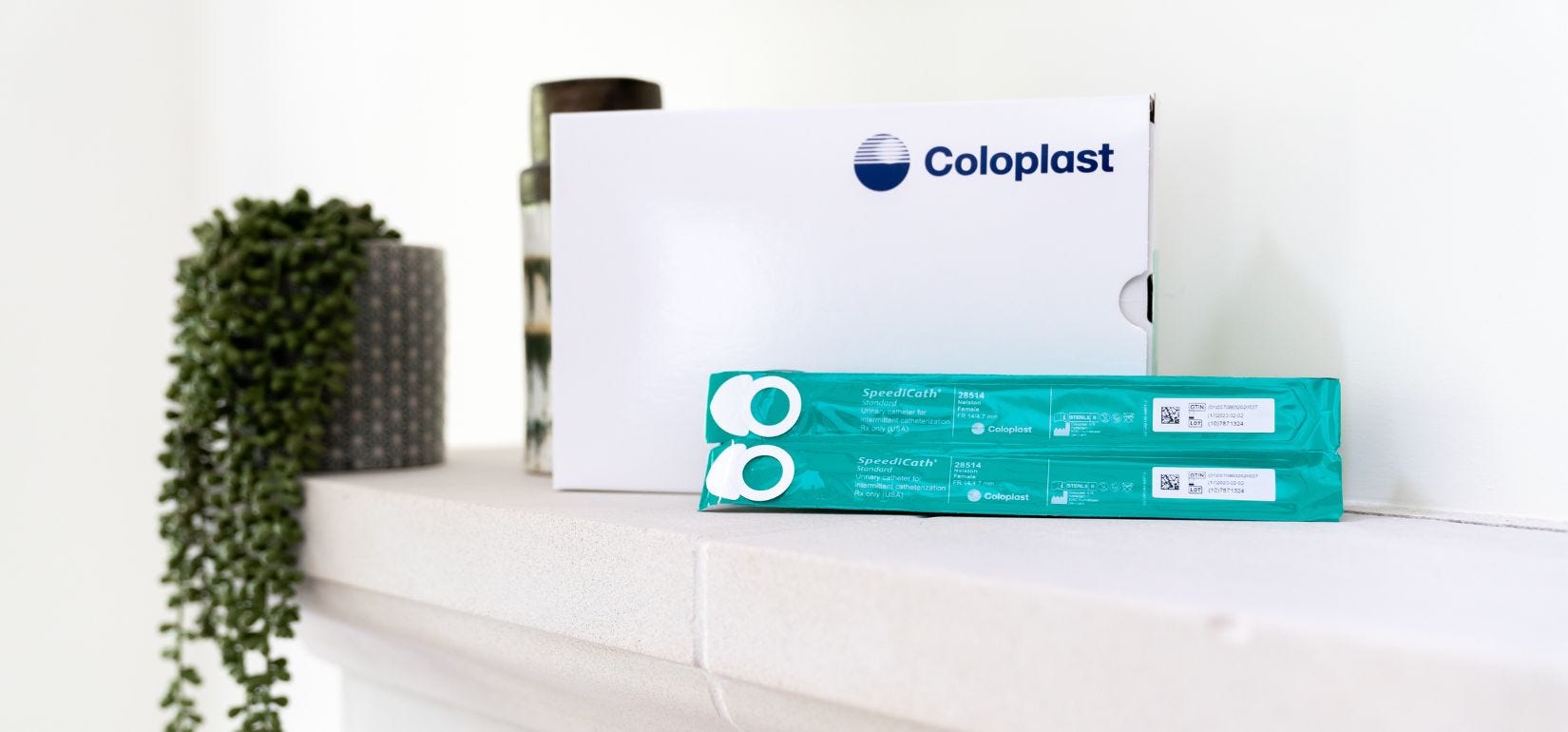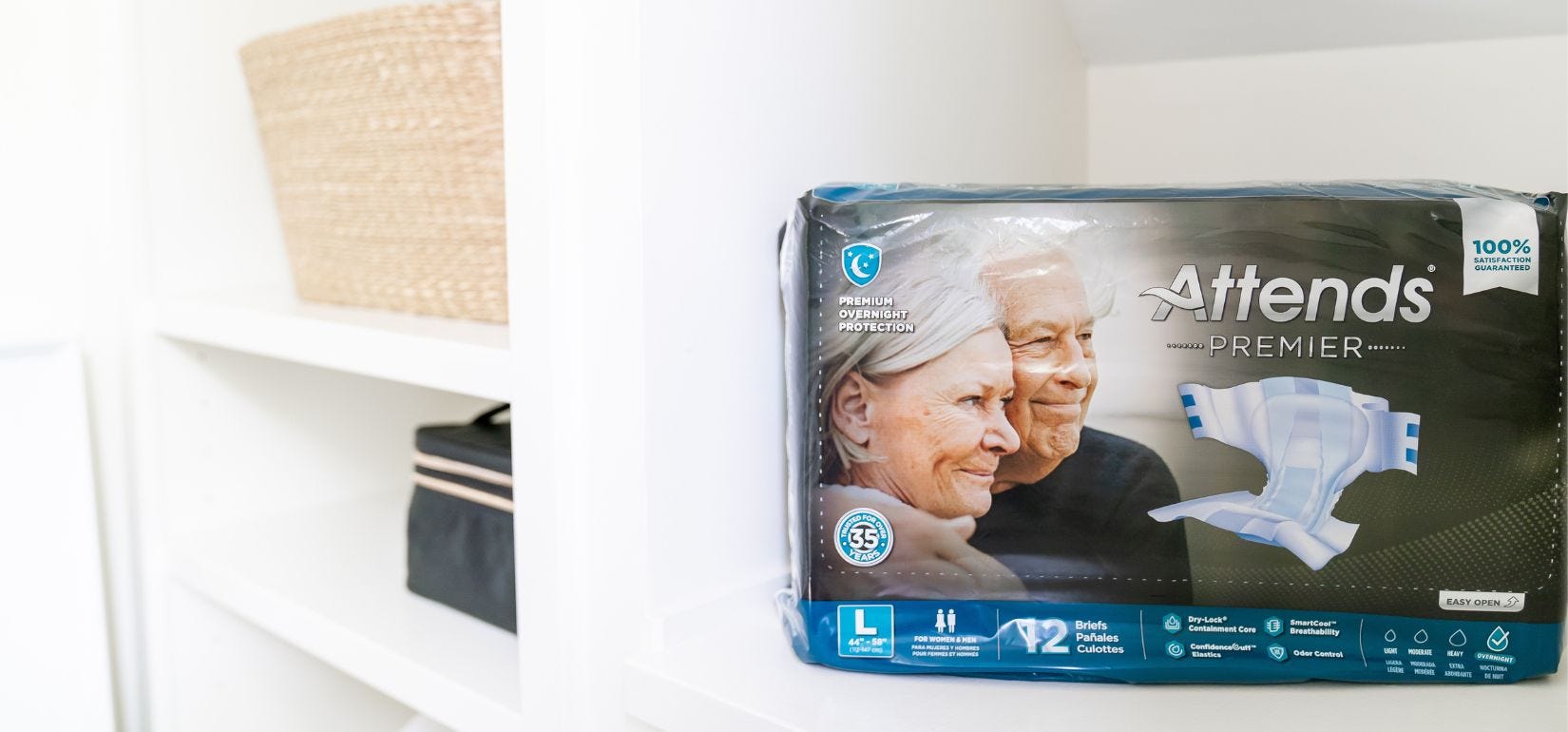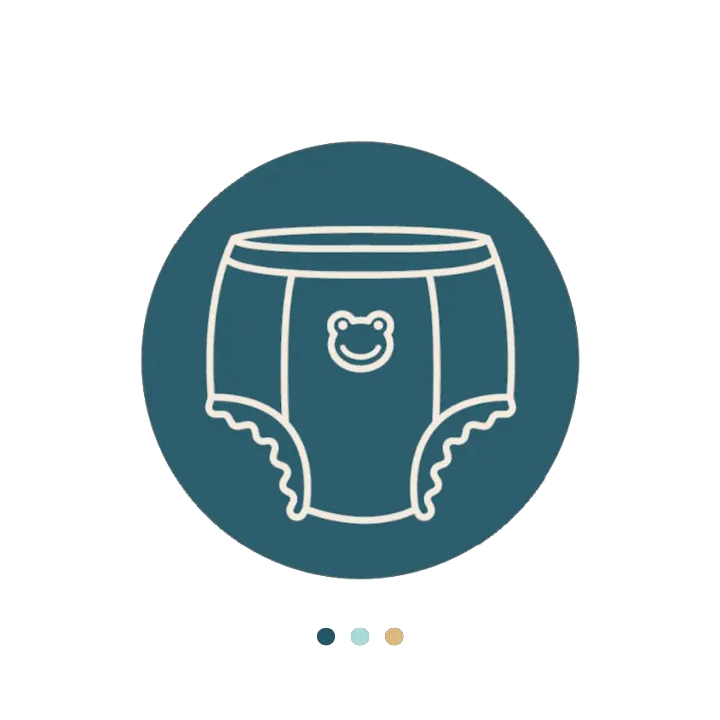This piece has been medically reviewed by Aleece Fosnight, MPAS, PA-C, CSC-S, CSE, NCMP, IF, Medical Advisor to Aeroflow Urology.
Even though urinary incontinence is extremely prevalent and currently affects over 13 million Americans, the data also shows that incontinence tends to be more prevalent in women than in men. Urinary incontinence in women occurs at a rate of 2 to 1 in comparison to men due to factors such as childbirth, menopause, and the structure of female anatomy.
Types of Urinary Incontinence in Women
Incontinence is defined as the lack of voluntary control over urination of defecation. Generally, this condition results in the accidental voiding of urine from the bladder and can increase with age. Incontinence symptoms can become increasingly prevalent in individuals between the ages of 60 to 80. There are various types of incontinence, but the below are found most commonly in women.
Stress Incontinence – Stress incontinence, the most common type of incontinence in both men and women, occurs when pressure from activities such as laughing, sneezing, lifting something heavy, or exercising causes a loss of bladder control. Stress urinary incontinence can occur as a result of the pelvic floor muscles becoming weakened and pressure from the bladder causes them to work harder and often results in involuntary loss of urine.
Urge Incontinence – Urge incontinence, also known as overactive bladder (OAB) in women, occurs when you experience a strong, sudden urge to urinate and may not make it to a restroom in time. Frequent urination can be another symptom of urge incontinence, and some women experience the urge to urinate over 8 times a day.
Mixed Incontinence - Mixed incontinence occurs when an individual experiences both urge incontinence and stress incontinence symptoms.
Check Your Eligibility
In 2 easy steps!
Discover the bladder control supplies covered by your Medicaid plan.
Incontinence Causes in Women
Urinary incontinence can be caused by factors such as nerve damage, medications, pelvic injuries, obesity, and urinary tract infections (UTIs). However, two factors that contribute specifically to the rise in incontinence in women include pregnancy and menopause.
Pregnancy – Pregnancy contributes to incontinence by increasing the abdominal pressure on the bladder muscles. As your baby grows, organs shift around to make space, adding weight to the bladder, urethra, and pelvic floor muscles.
Whether you give birth vaginally or via C-section, you can experience symptoms of postpartum incontinence. The pelvic floor muscles stretch and weaken during delivery. Additionally, this causes less support for your bladder, and your pelvic nerves become damaged, while effecting your urethral opening.
Menopause – Many older women develop incontinence around the same time they enter menopause because the body begins to produce less estrogen. As a result, the lining of the urethra can thin and the pelvic muscles can weaken.
Treatment of Urinary Incontinence Options
If you are experiencing incontinence symptoms, it is important to visit your healthcare provider. They may be able to determine the cause or put together a confident management plan to prevent accidents from lessening your quality of life. Incontinence isn’t a normal part of aging and can sometimes be caused by a more serious medical condition. It is important to note that in some cases, incontinence symptoms can be fully cured, but in many cases, bladder leakage and involuntary urinating can only be managed. With the help of Aeroflow Urology, you can manage incontinence comfortably and confidently.
There are a few things you can do to prevent and reduce incontinence symptoms:
Pelvic Floor Exercises. Pelvic floor muscle exercises, such as Kegel exercises, can strengthen your pelvic floor muscles and give you better bladder control. For beginners, we recommend starting with three rounds of 10 reps per day. You can continue to build up your number of reps each week as you become more confident. Remember, your pelvic floor muscles are like your abdominal muscles - they can be worked every day.
Adopt a Healthier Lifestyle. Making lifestyle changes such as quitting smoking, eating healthier with fruits, veggies, and whole grains, moderately exercising a few times a week, sticking to a regular sleep schedule, and by avoiding irritants such as spicy foods, caffeine, and alcohol, you can reduce unwanted pressure on your bladder. Increasing the amount of fiber you consume each day can also keep constipation at bay, which will decrease unwanted abdominal pressure on your bladder.
Reduce Financial Stress. You can save money each month by receiving your incontinence supplies through Aeroflow Urology. Take a moment to fill out our quick and easy qualifying form, then sit back and relax as your products are discreetly shipped to your home. Your dedicated Continence Care Specialist will help explain your benefits and match you with a product mix that best manages your unique needs.
If lifestyle changes alone don’t assist with improving your incontinence symptoms, there are also medications available to help control leakage of urine. There are also surgical options that could potentially be beneficial. However, speaking candidly with your doctor about what you are experiencing is the best way to determine your treatment options.
Information provided on the Aeroflow Urology blog is not intended as a substitute to medical advice or care from a healthcare professional. Aeroflow recommends consulting your healthcare provider if you are experiencing medical issues relating to incontinence.










